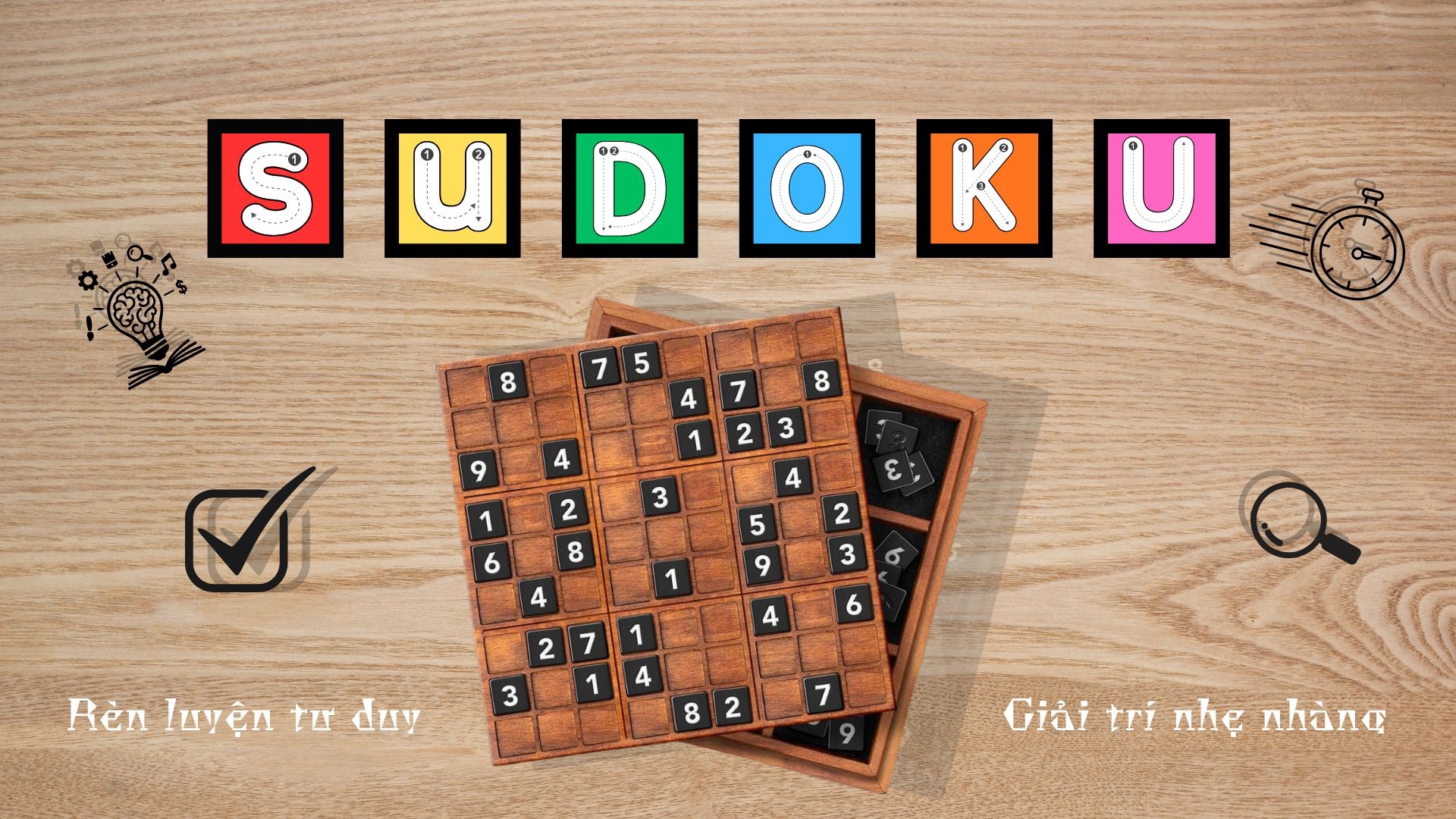Discover how easy and hard Sudoku differ in clues, logic, solving time, and techniques, perfect for both beginners and advanced players.

Sudoku is a simple yet captivating brain game, suitable for all ages. However, if you’ve played a few rounds, you’ve probably noticed that some Sudoku puzzles can be solved very quickly, while others make you “rack your brain” for a long time. So, what exactly creates the difference between easy and hard Sudoku puzzles?
Number of initial clues (Pre-filled cells)
In a Sudoku grid, some cells are pre-filled from the start, known as clues.
For easy Sudoku puzzles, there are usually 35 to 40 clues given. In contrast, hard puzzles have only about 22 to 25 clues, meaning you need to do much more reasoning on your own.
The fewer the clues, the more carefully you must think to find the correct moves. Without obvious steps, you have to observe and eliminate possibilities much more thoroughly.
Logic complexity and solving steps
At the easy level, Sudoku can be solved using simple rules, such as finding the missing numbers in each row, column, or 3×3 box. Players just need to observe and eliminate numbers already present around each cell to find the correct answer.
However, at the hard level, you will need more advanced reasoning techniques. For example, the Candidate method helps you note down possible numbers for each cell for further analysis. There are also complex strategies like Naked Pair, Hidden Pair, and advanced techniques such as X-Wing or Swordfish, these require deeper logical thinking and more experience solving Sudoku puzzles.
In other words, the difficulty of a Sudoku puzzle isn’t just about the number of clues but also about the need to use less obvious solving steps, requiring patience and deeper thinking.
More time and patience required to solve
An easy Sudoku puzzle usually takes only a few minutes because the steps are quite clear. But with hard puzzles, you’ll need more time to analyze, test possibilities, and sometimes backtrack to check where you might have made a mistake.
This demands a lot of patience, high concentration, and stronger logical thinking skills. The harder the puzzle, the more it feels like a brain-challenging problem!
Is there more than one way to solve Sudoku?
For easy puzzles, the solving process is usually very clear and step-by-step, without needing to guess or trial-and-error.
But in hard puzzles, sometimes you have to make an assumption and then verify whether that path is reasonable. The solving process is no longer linear; it requires more trial, error, and reasoning to reach the final solution.
Easy or hard Sudoku puzzles don’t just depend on the number of given clues but also on the level of reasoning you need to perform. If you’re a beginner, start with easy puzzles to get familiar. As you improve, the harder challenges will bring a more exciting experience and sharpen your thinking skills!
Are you ready to try a Sudoku puzzle today? Choose the level that suits you and get started!
